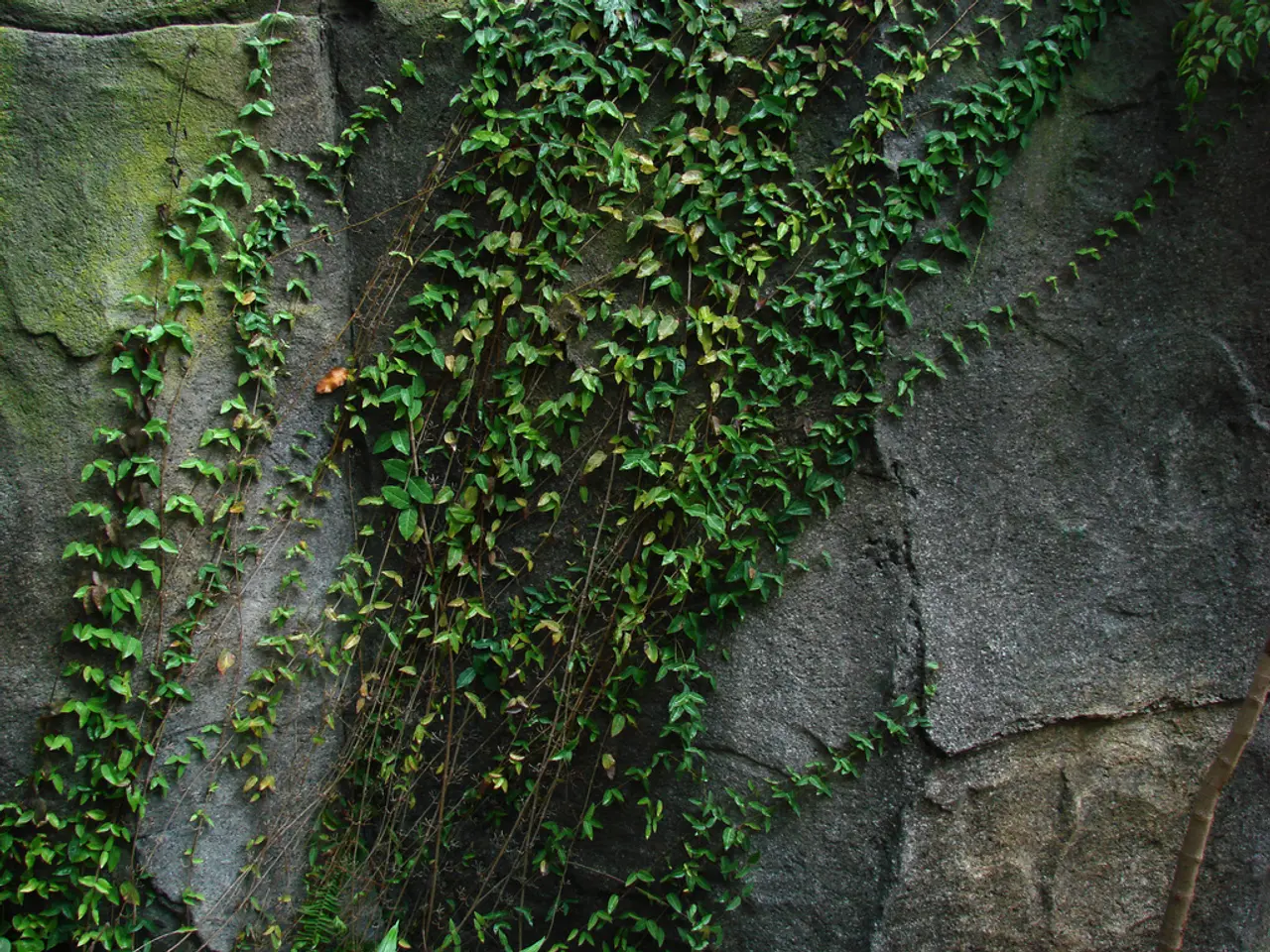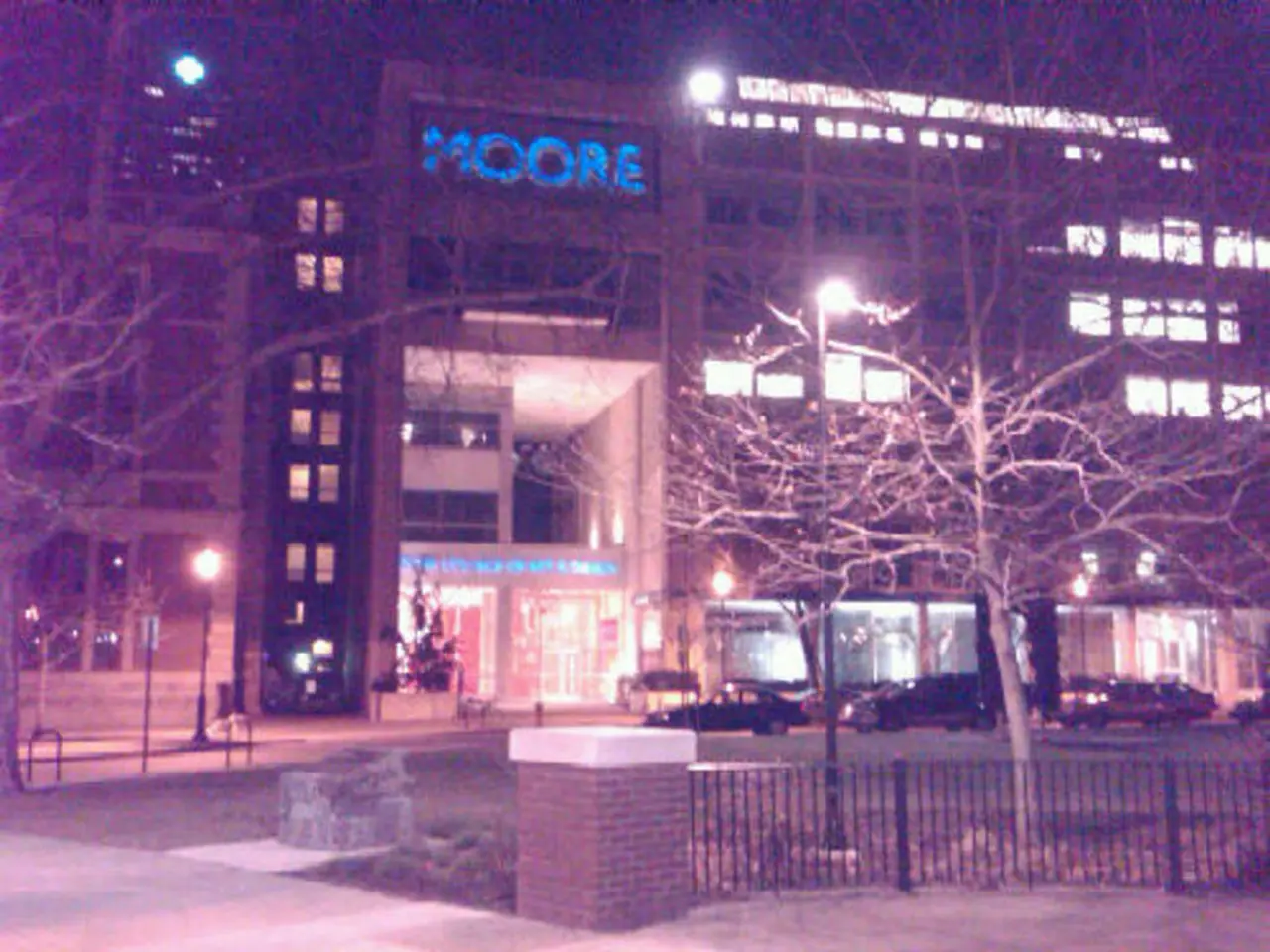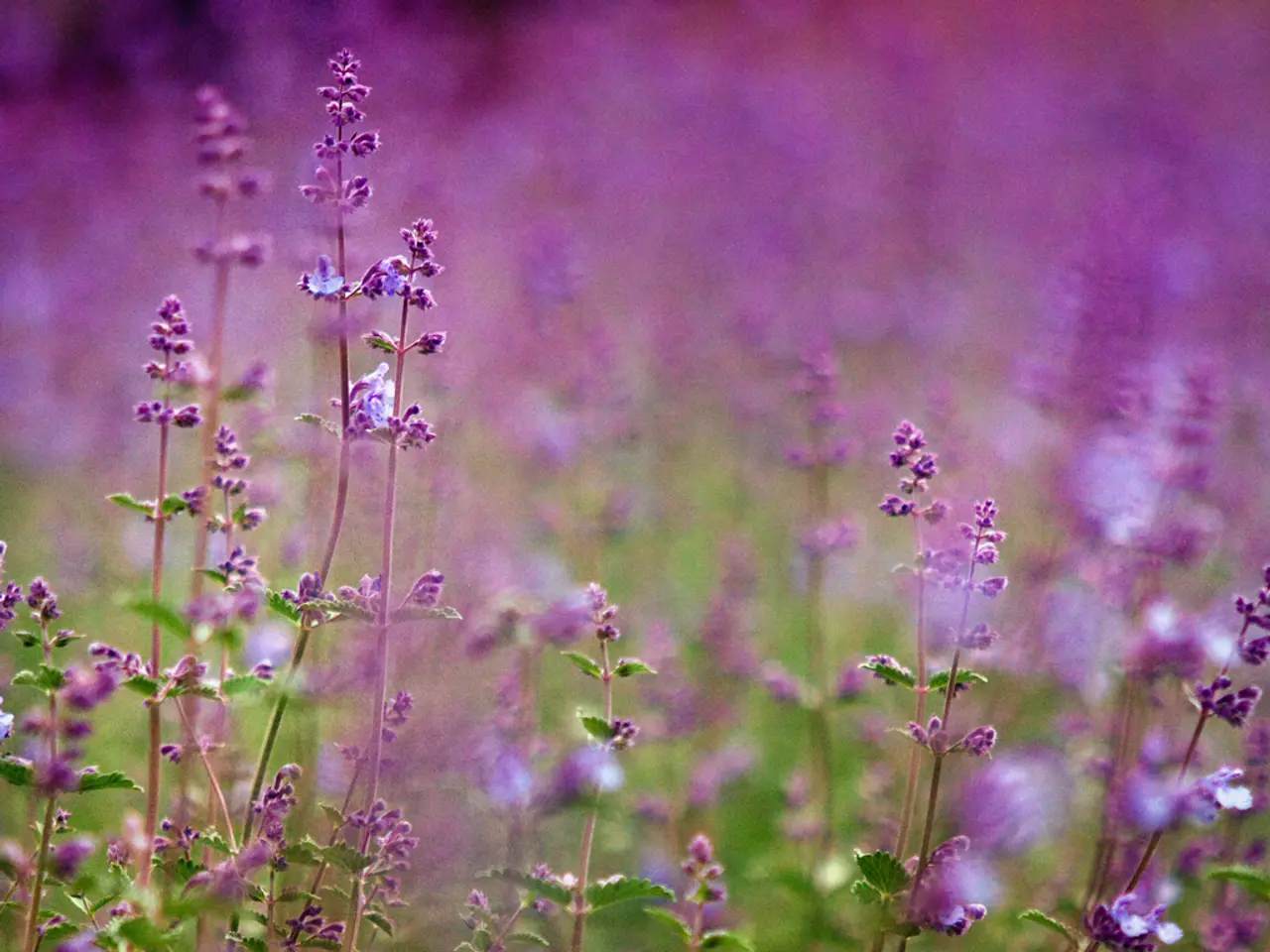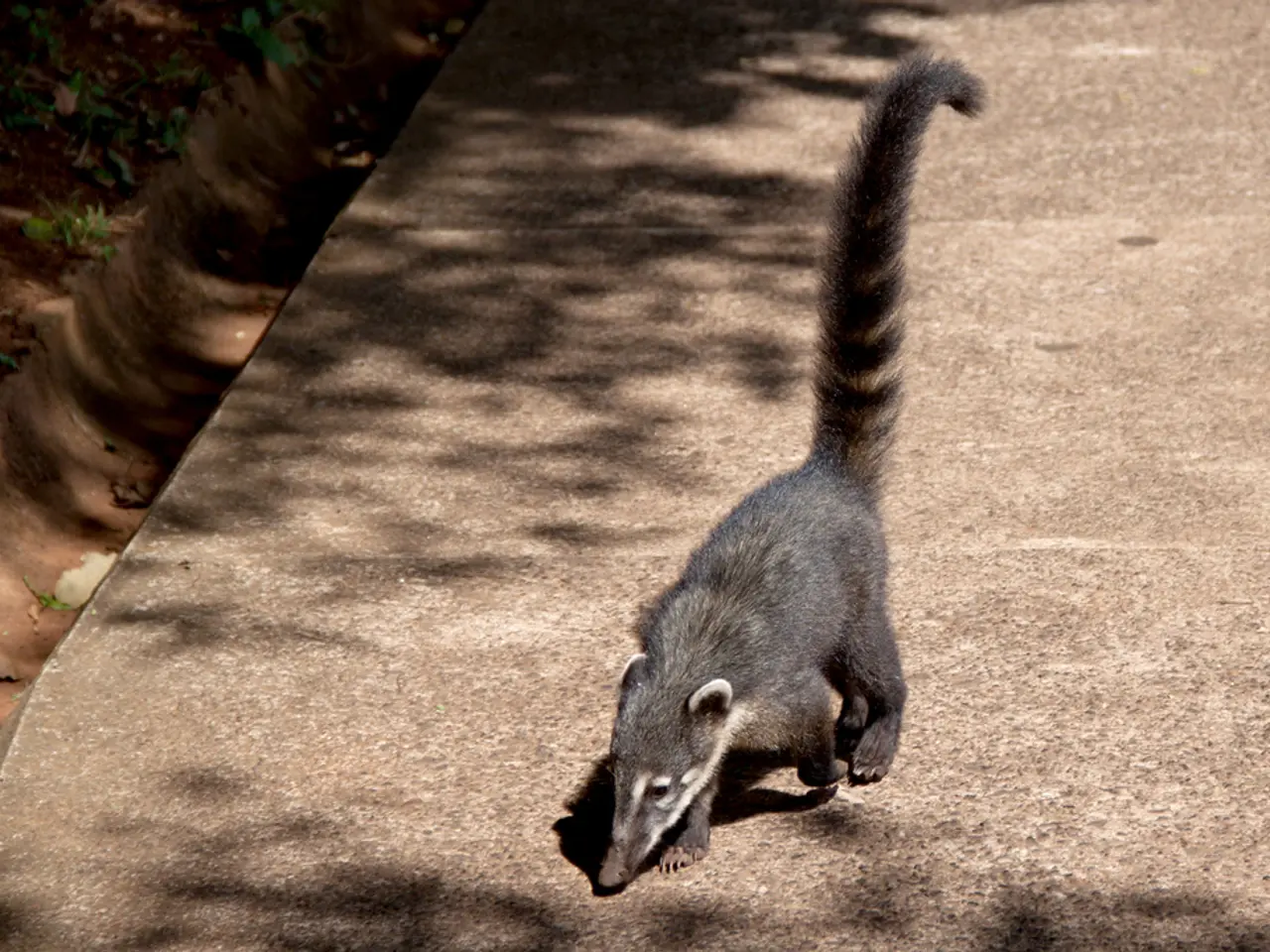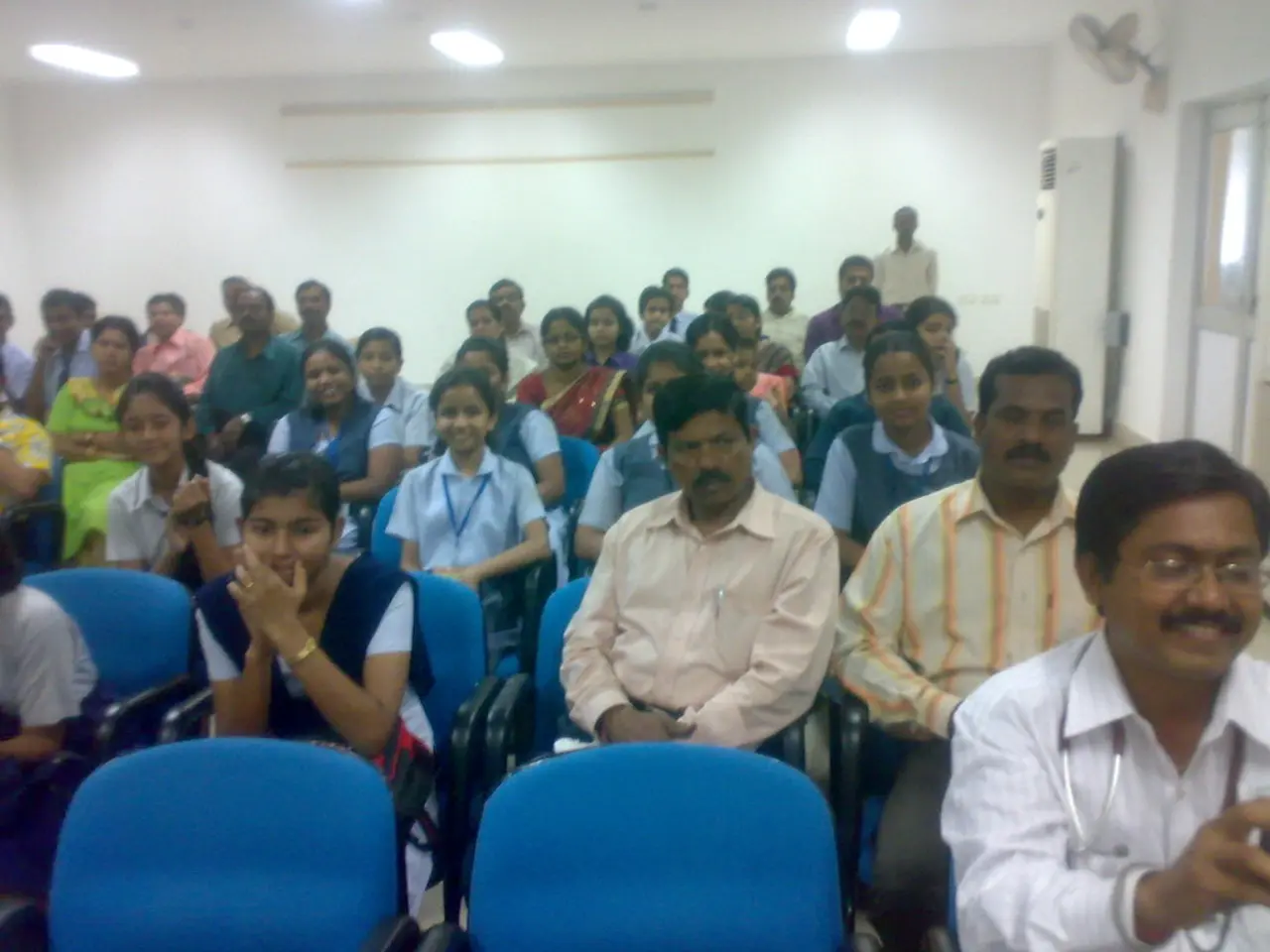Toxic bloom discovered in Lakes Schwäne and Kempsee
In recent water quality checks, the health department has detected an increased presence of blue-green algae (cyanobacteria) in two bathing waters in Ingolstadt, namely the Schwenkweiher (Niederfeld) and the Kempesee (Zuchering). This development, while not uncommon in warm, nutrient-rich waters, can pose significant health risks.
People exposed to blue-green algae toxins may experience a range of symptoms, including respiratory issues such as sneezing, sore throat, and dry cough, as well as ocular symptoms like itchy, irritated eyes and hay fever-like allergy symptoms. Gastrointestinal symptoms such as nausea, vomiting, diarrhea, and abdominal cramps are also possible, along with skin irritation like rashes, hives, and blisters after contact with contaminated water. In severe cases, liver damage, pneumonia, hepatotoxicity, or even death can occur, particularly among children, immunocompromised individuals, and pets.
To identify a blue-green algae bloom, look for visible scums or mats on the water surface, which can appear blue-green, green, or sometimes reddish. The water may also have an unpleasant smell and noticeable discoloration.
For the safety of bathers, it is essential to avoid these affected sites and report any noticeable blue-green algae or odor nuisances to local environmental or public health authorities. Signs prohibiting water contact may be posted at affected sites, and these advisories should be strictly followed.
Individuals experiencing symptoms after exposure should seek medical advice promptly, while pets exposed to water with suspected blooms should be washed immediately and taken to a veterinarian if symptoms arise. Preventative measures to reduce bloom formation include limiting phosphorus and nitrogen runoff by reducing fertilizer use, maintaining septic systems, and creating buffer zones around water bodies.
Residents and visitors to Ingolstadt bathing waters are advised to heed these warnings and follow the guidelines provided to ensure a safe and enjoyable experience. The city's website, www.ingolstadt.de/wasserproben, offers the latest results of the water tests for all municipal bathing waters.
Young children are particularly vulnerable to blue-green algae and should be closely monitored during water activities. With the current high temperatures and intensive use of lakes and ponds for bathing, creating ideal conditions for the growth of blue-green algae, it is crucial to stay informed and take precautions.
[1] National Oceanic and Atmospheric Administration (NOAA). (n.d.). Harmful algal blooms. Retrieved from https://www.noaa.gov/harmful-algal-blooms [2] Centers for Disease Control and Prevention (CDC). (2021). Recreational water illnesses. Retrieved from https://www.cdc.gov/healthywater/swimming/rwi/index.html [3] American Veterinary Medical Association (AVMA). (2021). Blue-green algae. Retrieved from https://www.avma.org/resources/pet-owners/petcare/toxins/blue-green-algae [4] European Environment Agency (EEA). (2018). Cyanobacteria in European freshwaters. Retrieved from https://www.eea.europa.eu/publications/cyanobacteria-in-european-freshwaters [5] World Health Organization (WHO). (2011). Guidelines for safe recreational water environments. Retrieved from https://www.who.int/water_sanitation_health/publications/guidelines-safe-recreational-water-environments/en/
- To protect one's mental health and overall well-being, it's crucial to stay informed about the presence of harmful blue-green algae in water bodies for recreational activities, such as the Schwenkweiher (Niederfeld) and Kempesee (Zuchering) in Ingolstadt.
- Incorporating science-based approaches, like reducing nitrogen and phosphorus runoff through sustainable farming practices and proper septic system maintenance, can significantly help control the formation of blue-green algae blooms and promote health-and-wellness.
- For a balanced and holistic approach to health, it's essential to adhere to nutrition guidelines that ensure adequate nutrient intake, particularly in light of increased stress from environmental hazards like toxic blue-green algae.
